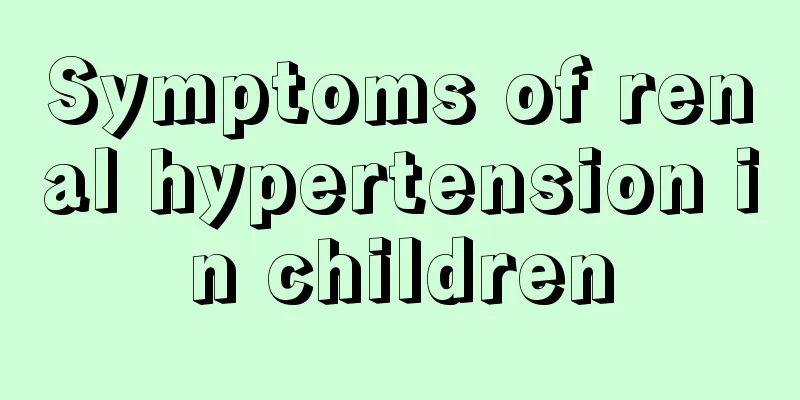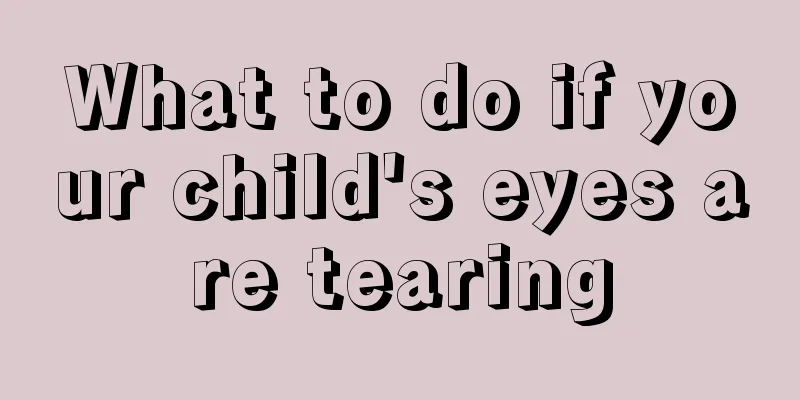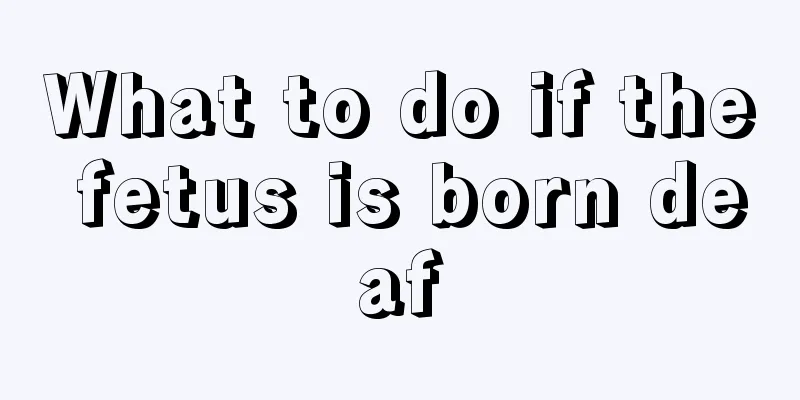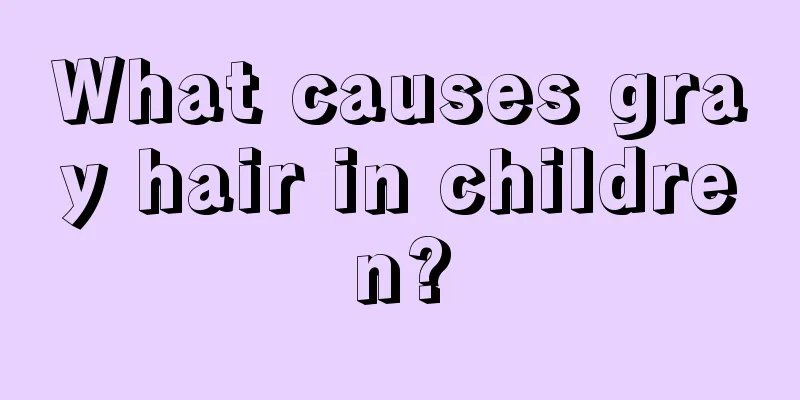Closure time of baby's anterior fontanelle

|
When a baby is just born, the fontanelle is not closed. When the baby is about 3 months old, the posterior fontanelle will close. When the baby is about 1 and a half years old, the anterior fontanelle will close. If the fontanelle does not close within the corresponding time, parents must take the child to the hospital for appropriate examination and treatment. Below we will introduce you to the relevant knowledge about the closure of the infant's fontanelle in detail. 1. What is the fontanelle? Fontanelle refers to the two bony "windows" on the top of a baby's head when he is born, which are medically called "fontanelles". The posterior fontanelle usually closes 3 months after birth, while the anterior fontanelle does not close until 1 and a half years old. The "skylight" or "fontanelle" that people often refer to mainly refers to the anterior fontanelle. The human skull is composed of 6 bones, and the anterior and posterior fontanelles are already formed when the baby is born. Under normal circumstances, the baby's anterior fontanelle is about 1.5×2cm in size, and appears to be flat or slightly concave. In the first few months after birth, the anterior fontanelle will slightly increase as the head circumference gradually increases. After the baby is 6 months old, the fontanelle will gradually become smaller due to the gradual ossification of the skull. 2. Classification of fontanelles 1. Anterior fontanelle If you touch the baby along the midline of the top of the head, you will find that the baby's skull has an opening in the front and back. They feel soft to the touch. The front end is called the anterior fontanelle and is diamond-shaped. It is the largest bone suture intersection on the skull. Because there is no bone here, it is slightly sunken and softer than other parts, and it will vibrate slightly when touched. Six months after the baby is born, the anterior fontanelle becomes smaller as the skull sutures gradually ossify. It closes and is replaced by bone by the baby's first year old, no later than 18 months. 2. Posterior fontanelle The posterior fontanelle is located at the back of the baby's head, at the intersection of the suture between the occipital bone and the two parietal bones. It is small and sometimes even difficult to feel. The posterior fontanelle is almost closed when the baby is born, or can only accommodate the tip of a finger, and closes about 2-4 months after birth. Although the baby's fontanelle is not big, it is an important window reflecting the baby's physical health. By observing this small window when the baby is less than 1 year old, many diseases can be detected early, allowing the baby to be diagnosed and treated early. 3. When does the fontanelle close? When a baby is born, the skull is not fully developed, so there are gaps between the bones, and two areas not covered by bones are formed on the top of the head and behind the occipital bone, which are called the anterior fontanelle and posterior fontanelle respectively. When a normal baby is born, the size of the anterior fontanelle is about 1.5×2cm. Generally speaking, the anterior fontanelle is basically closed when the baby is 1 to 1 year and 3 months old. The posterior fontanelle is generally not noticeable and usually closes 2-3 months after birth. |
<<: What are the symptoms of high blood sugar in children?
Recommend
What are the effects of general anesthesia on children?
Anesthesia is a worrying thing for a person, beca...
Congenital laryngeal stridor in newborns
When a baby is born, every parent hopes that the ...
What to do if your baby's hands and feet are allergic
Allergies in babies' hands and feet generally...
Is it normal for an 8-year-old girl to have leucorrhea?
In our understanding, leucorrhea is usually a phy...
Is it better for babies to be fat or thin?
When a mother gives birth to a big fat son, the w...
Testicular retraction in children
Testicular retraction in children is a very commo...
What should I do if my child is a little constipated?
Every child is the apple of the eye and the treas...
How long does it take for a child to vomit after falling on his head?
When babies are just learning to walk, they can w...
Baby's reaction after DPT vaccination
The baby's physical condition has always been...
One-year-old baby snack recipes
For babies, in daily life, it is okay to eat some...
What is the reason why newborns cannot sleep well at night?
Newborns’ restless sleep at night is a problem th...
What is the matter with the student's right shoulder pain
We know that today's students have heavy acad...
What is good to eat to promote children's brain development?
There are many developmental indicators for child...
What are the sequelae of cerebral palsy?
What are the sequelae of cerebral palsy? Some dis...
Four key points for reading fairy tales with children
When reading fairy tales to children in a literar...









